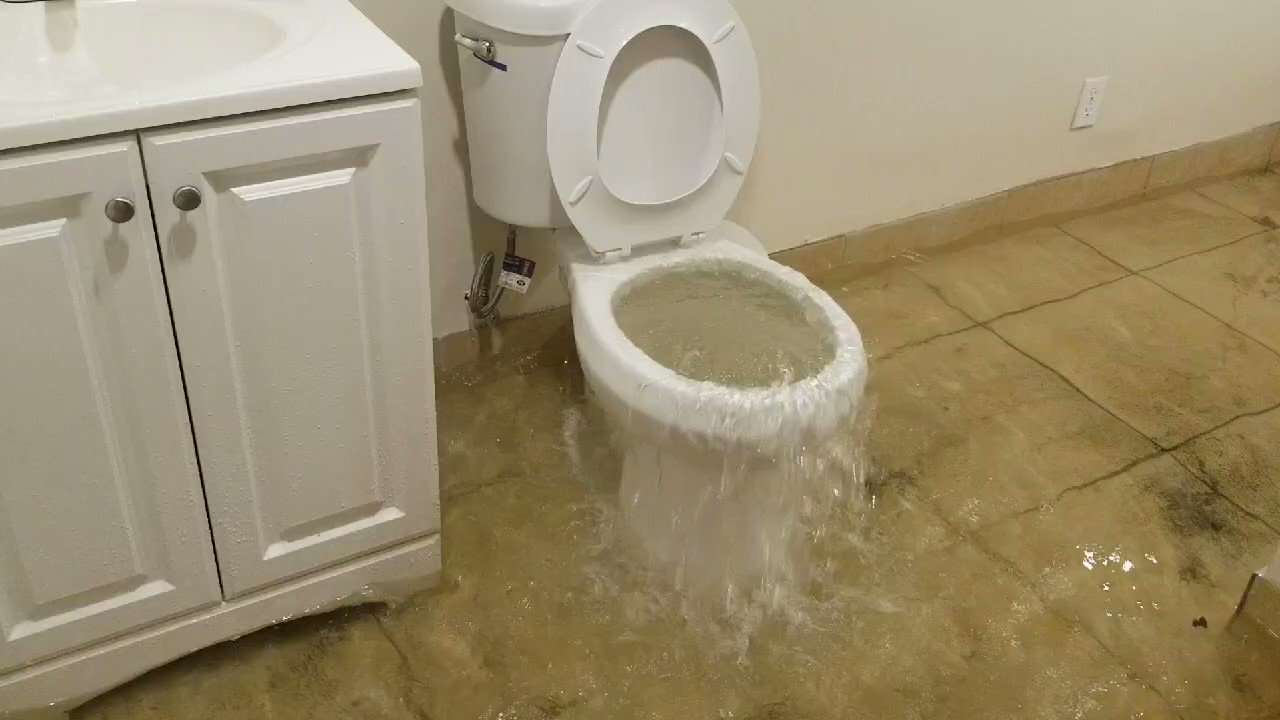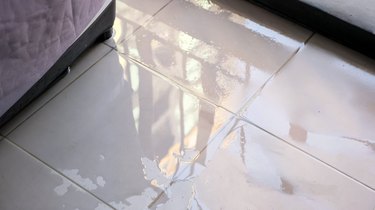Listed here below you will find lots of amazing details around How to Repair and Prevent Bathroom Water Damage?.

Water damage often occurs in the washroom because of the water utilized day-to-day. Sometimes, the damage could be a little mold from the shower. Other times, it's large damages on your floor. Whatever it is, it is always excellent to understand the reason and stop it before it takes place.
This guide will certainly go through some of the typical root causes of water damage in the bathroom. We will additionally analyze what you can do to stop these causes from harming your bathroom. Allow's dive in.
These are the typical reasons you would certainly have water damage in your washrooms and exactly how you can identify them:
Excess Dampness
It's amazing to have that lengthy shower and also sprinkle water while you dance around and act like you're carrying out, yet sometimes these acts could trigger water damage to your restroom.
Splashing water around can trigger water to head to edges and form molds. View how you spread excess wetness around, as well as when you do it, clean it up to avoid damages.
Fractures in your wall surface ceramic tiles
Shower room wall surface floor tiles have actually been particularly made for that objective. They shield the wall from moisture from people taking showers. However, they are not indestructible.
In some cases, your bathroom wall tiles crack and also permit some dampness to permeate right into the wall surface. This might potentially destroy the wall if you don't take any kind of activity. If you see a split on your wall surface ceramic tiles, repair it promptly. Do not wait up until it ruins your wall.
Overflowing bathrooms and sinks
As humans, sometimes we make blunders that can create some water damage in the washroom. For instance, leaving your sink tap on can create overflowing and damages to various other parts of the bathroom with dampness.
Additionally, a defective toilet might trigger overruning. As an example, a busted commode take care of or various other parts of the cistern. When this happens, it can damage the floor.
As quickly as you discover an overruning sink or bathroom, call a plumbing to help take care of it right away.
Burst or Dripping Pipes
There are several pipelines bring water to various parts of your bathroom. Some pipes take water to the toilet, the sink, the faucets, the shower, as well as several other areas. They crisscross the little location of the bathroom.
Every so often, these pipelines might obtain rusty and ruptured. Other times, human activity could trigger them to leak. When this occurs, you'll find water in the corners of your shower room or on the wall.
To detect this, watch out for gurgling walls, mold and mildews, or mildew. Call a professional emergency plumber to repair this when it happens.
Roofing Leaks
Often, the problem of water damage to the restroom could not come from the washroom. For instance, a roof covering leak could create damage to the shower room ceiling. You can spot the damages done by looking at the water spots on the ceiling.
If you locate water stains on your ceiling, inspect the roof to see if it's damaged. After that, call a professional to assist address the issue.
Final thought
Water damage to your bathroom can be bothersome. Nonetheless, you can handle it if you stop several of the causes discussed in this overview. Call a professional emergency plumbing professional if you notice any type of extreme damages.
How to Repair and Prevent Bathroom Water Damage
Bathrooms are famously wet and damp, with a potential for water splashing in every possible corner. Some of that water could make its way onto walls and floors, causing water damage. In addition, it can potentially cause mold issues and structural damage that would require considerable effort to repair. Common signs of mold include brown staining, bowed or warped walls, a discernible musty smell, and peeling or bubbled paint. Mold can also cause wood rot and destroy the framework of your home.
By taking a few simple steps to waterproof your bathroom, you can avoid costly repairs and keep your bathroom looking its best. Should you find yourself with water damage, what could be creating the problem? It is typically caused by flooding, leaky taps, or burst pipes. According to the American National Standards Institute, there are three categories of water that affect your home:
Water Damage Impact on Your Health
If you find yourself with a damaged bathroom, you must act quickly. Delaying your repairs can cause further damage and affect the health of those in your household. Some health issues that can be potentially caused by water damage include the following:
- Respiratory problems caused by mold. In some people, an allergy reaction to mold can be linked to asthma, and exposure can cause restricted breathing.
- Strep throat and ear infections brought on by bacteria-induced diseases.
- Illness resulting from insects whose presence can increase with conditions brought on by water damage. Insects like cockroaches and mosquitos consider moist environments an ideal breeding ground.
Tips to Prevent Bathroom Water Damage
- Regularly check for signs of leaks. Inspect your bathroom floor regularly for signs of water damage. Look for water-damaged bathroom walls like peeling paint, mold, or mildew. Touch the walls to check if any areas are softer than others. These signs indicate that water damage is present in your bathroom. Look for hidden leaks under vanities and ensure there are no leaks from the sink trap. If any of these problems exist, find the leak source and have it fixed. Taking immediate action to repair the problem is highly recommended. Ignoring water damage will only make the problem worse and lead to more extensive repairs down the road.
- Repair or replace cracked, broken, or missing tiles, which allow water to seep in behind walls and under floors. Do the same for cracked or decaying grout and caulking around sinks, tubs, and showers. The tiles can be properly cleaned and reinstalled. If a large number of the tiles are damaged, it may be ideal to consider shower enclosure kits, which are much easier to install and more durable. After the affected tiles have been removed, the next step is to cut out any soft, damaged drywall.
- Test valves for your toilets, showers, and sinks regularly to ensure they are properly working. Look for wetness or staining around them that could indicate a leak. Ensure that the showerhead and all the faucets are tightly placed and do not drip. You do not want to have water seeping in where it does not belong.
https://www.puroclean.com/blog/how-to-repair-and-prevent-bathroom-water-damage/

Hopefully you liked our part about How to Repair and Prevent Bathroom Water Damage?. Thank you for spending some time to browse our posting. Are you aware of somebody who is very much interested in the subject? Why not share it. I am grateful for your time. Visit again soon.
Call Today
Comments on “Exactly how to Prevent Bathroom Water Damage”